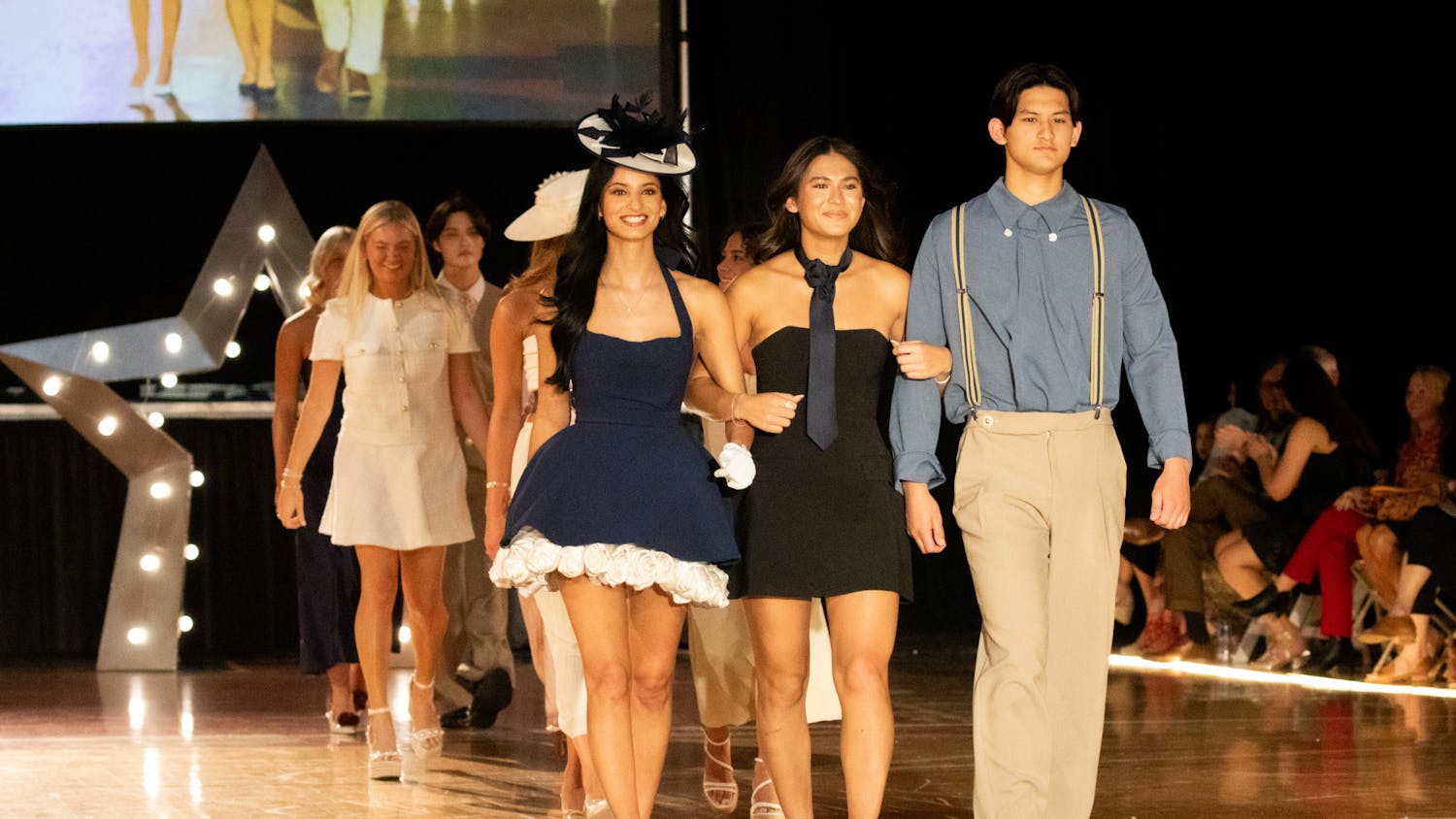An Auburn University architecture team is recreating the pivotal civil rights history moment, Bloody Sunday, as an interactive 3D model. It will allow generations to come to experience and learn about the events that transpired on March 7, 1965, at the Edmund Pettus Bridge in Selma, Alabama.
“Although its place in civil rights history is secure, the site of this fateful confrontation is endangered by age and neglect,” said Danielle Willkens, assistant professor of architecture and project lead.
Bloody Sunday began as a peaceful civil rights demonstration with 600 people and ended in a confrontation with the Alabama State Troopers, ultimately leaving 17 marchers hospitalized and 50 more injured.
Visitors to the Edmund Pettus Bridge today encounter an altered landscape from what the demonstrators saw in 1965. Those changes serve to alter visitors’ perceptions of the sites surrounding Bloody Sunday.
A multidisciplinary group of faculty members and students at Auburn want to change that. They are producing a digital suite of materials that document the past and present of the historical site. Auburn’s team will help visitors fully understand the events of that day and how they shaped the country.
“Our goal was to create a technologically sophisticated, painstakingly accurate re-creation of the space as it appeared on March 7, 1965, thus preserving in digital form a record that otherwise will be lost to time,” Willkens said.
The most significant piece of the project is an interactive 3D model that will allow visitors to experience Bloody Sunday from several perspectives, including the perspective of the marchers, the troopers and the onlookers.
Other parts of the digital experience include an interactive version of the Good Samaritan Hospital log, which recorded the treatments of injured marchers, and an archive that will include narratives and oral histories of the event.
The photographs in the collection provide several views of the historic structures and buildings, now gone, that formed the background for the events of Bloody Sunday.
Do you like this story? The Plainsman doesn't accept money from tuition or student fees, and we don't charge a subscription fee. But you can donate to support The Plainsman.



